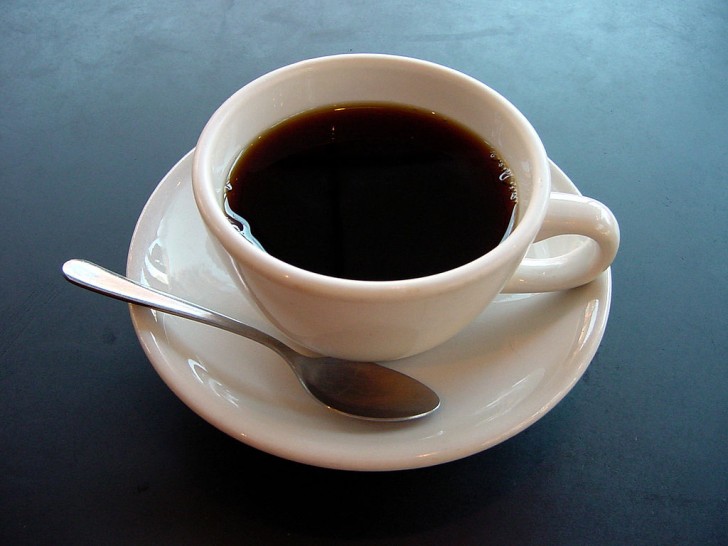Making coffee with a percolator: 5 useful tips that could help make your coffee taste better

For many people across the world, preparing a cup of coffee is more than just a simple task; it's a ritual. Certain rules and guidelines must be followed for those looking for the right taste and water-coffee ratio in their morning cup of joe. We're not joking either. Behind every cup of coffee, exists a lengthy process that involves different brewing methods, traditions, and techniques to respect and follow if you want your coffee to turn out just right. After all, a bad tasting cup of coffee is drinkable, but who really likes it? No one.
As we all know, there are several different ways to make a cup of coffee. From the high-tech espresso machines to the instant coffee packet that you add to hot water, we've seen and experienced it all. We'd like to focus today, however, on the Italian percolator (or Neapolitan coffee maker), giving you some tips on how to make a great tasting coffee every time you use it.
1. Water: what kind/how much you need
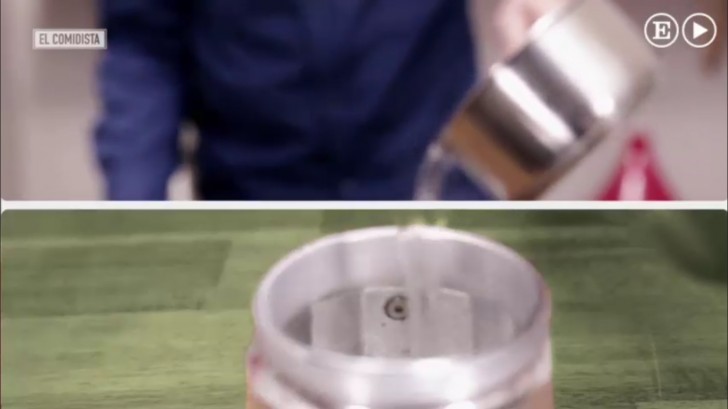
Without water, coffee would be a polverized substance we'd probably just add to our food. This is why it's important to use the right quantity and quality of water, otherwise the taste will be ruined from the very beginning. Although tap water is fine, the minerals in the water could alter the taste of the coffee, so it's always better to use bottled water. It's also suggested to heat the water up in a small saucepan before you add it to the percolator. How much water should you add, you ask? Until it reaches the small valve you see on the inside of the percolator. If you've gone passed the valve, you've added too much.
2. Choose the right type of coffee; better if ground very fine
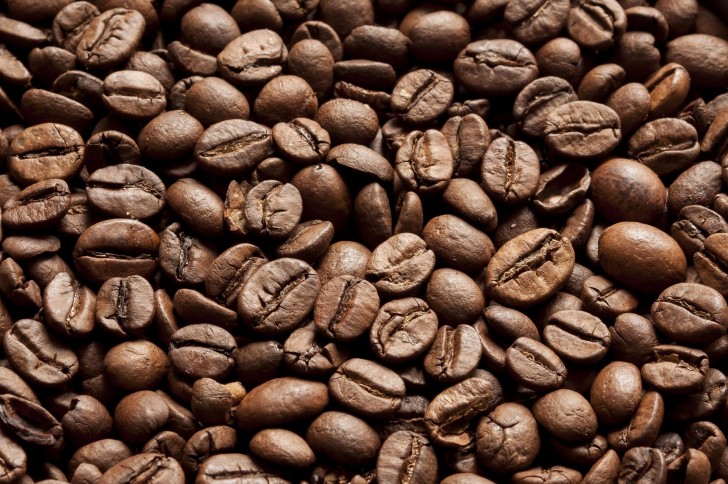
Obviously it's much easier buying coffee beans that have already been ground from the supermarket. However, it's much better to buy whole bean coffee and grind it yourself. Grinding whole bean coffee guarantees a higher level of freshness and thus a better taste. It also allows you to choose the consistency you want, since you're able to adjust the size of the grounds yourself.
3. How much coffee should you put in your percolator?
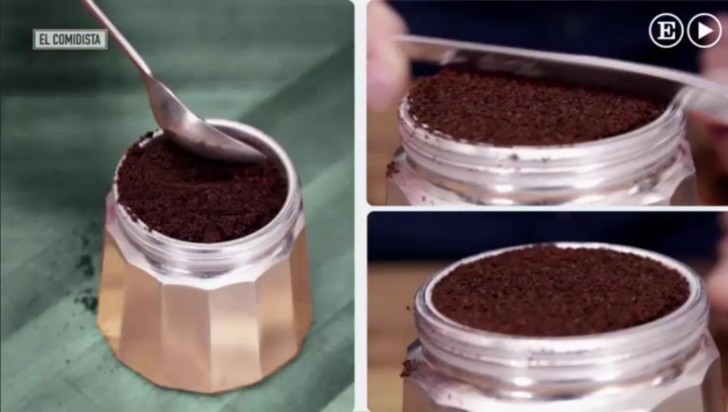
This is also a fundamental question, and it's also an easy error to commit. Most people feel like they need to pack the coffee grounds tightly into the filter, when in reality they should be packed loosely. The filter should also be filled to its rim and not more. It's good to remember that, in this case, "more" does not mean "better". So, resist the temptation to shove as much coffee grounds as you can in the filter and don't be afraid to let the filter breathe a little!
4. Before using the percolator, make sure you control its seal
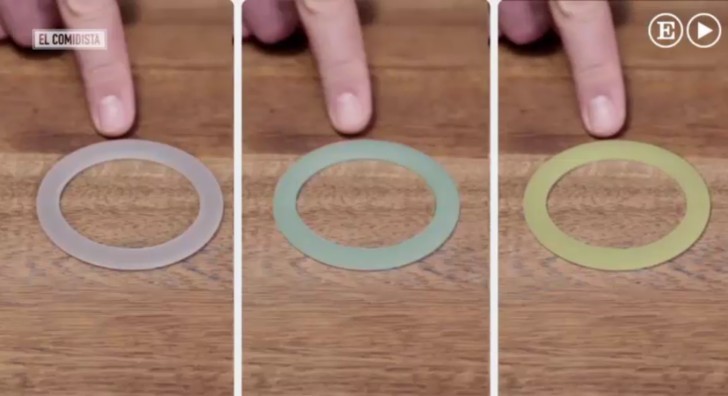
If you have followed the above guidelines to perfection and are still not getting the results you want, you might want to check the percolator's seal. It's improtant that the seal remains white. If it's another color (e.g. brown or some other dark shade), replace it.
Ready to brew: should the covering be closed all the way?
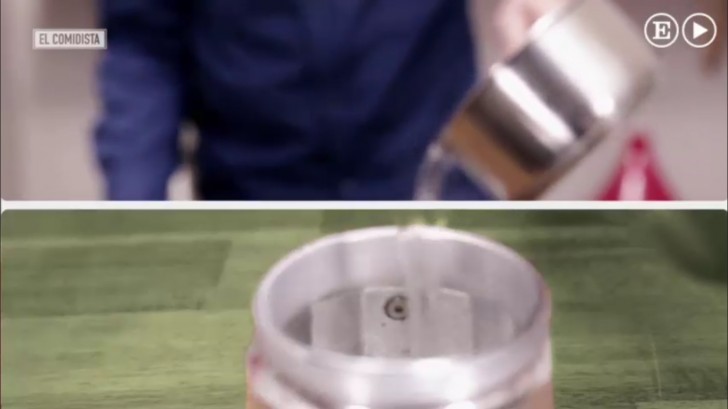
Although it's a lesser known brewing method among the percolating community, many claim that leaving the top of the percolator a bit open permits a better tasting coffee. This means, however, that you have to then close it all the way before the coffee starts making its way to the top. Otherwise, it will spill out from the cracks of the opening instead of from the top of the percolator. In whichever way you decide to prepare it, make sure you turn the burner off once the perocolator makes its infamous "percolating" sound.
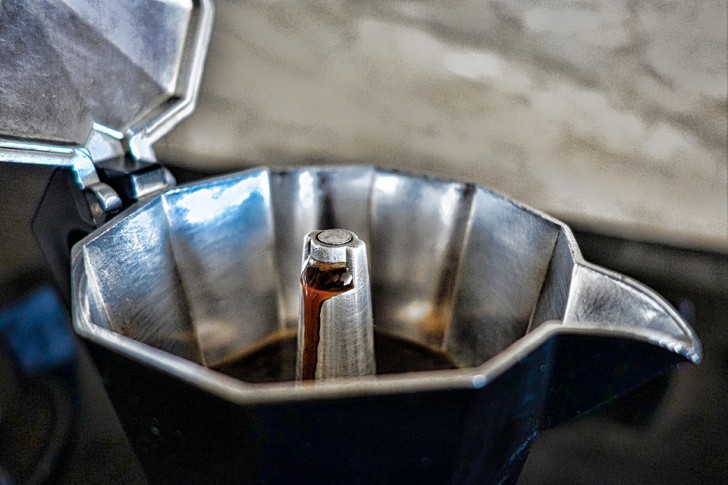
Read to give it a try then? If you follow these guidelines, you will most likely be please with the end result. As a reminder, coffee prepared by a percolator should be enoyed in a small espresso mug made of thick porcelain. We drink coffee as a way to enjoy a relaxing moment by ourselves or with friends. Don't we owe it to ourselves to prepare it in the best way possible?
